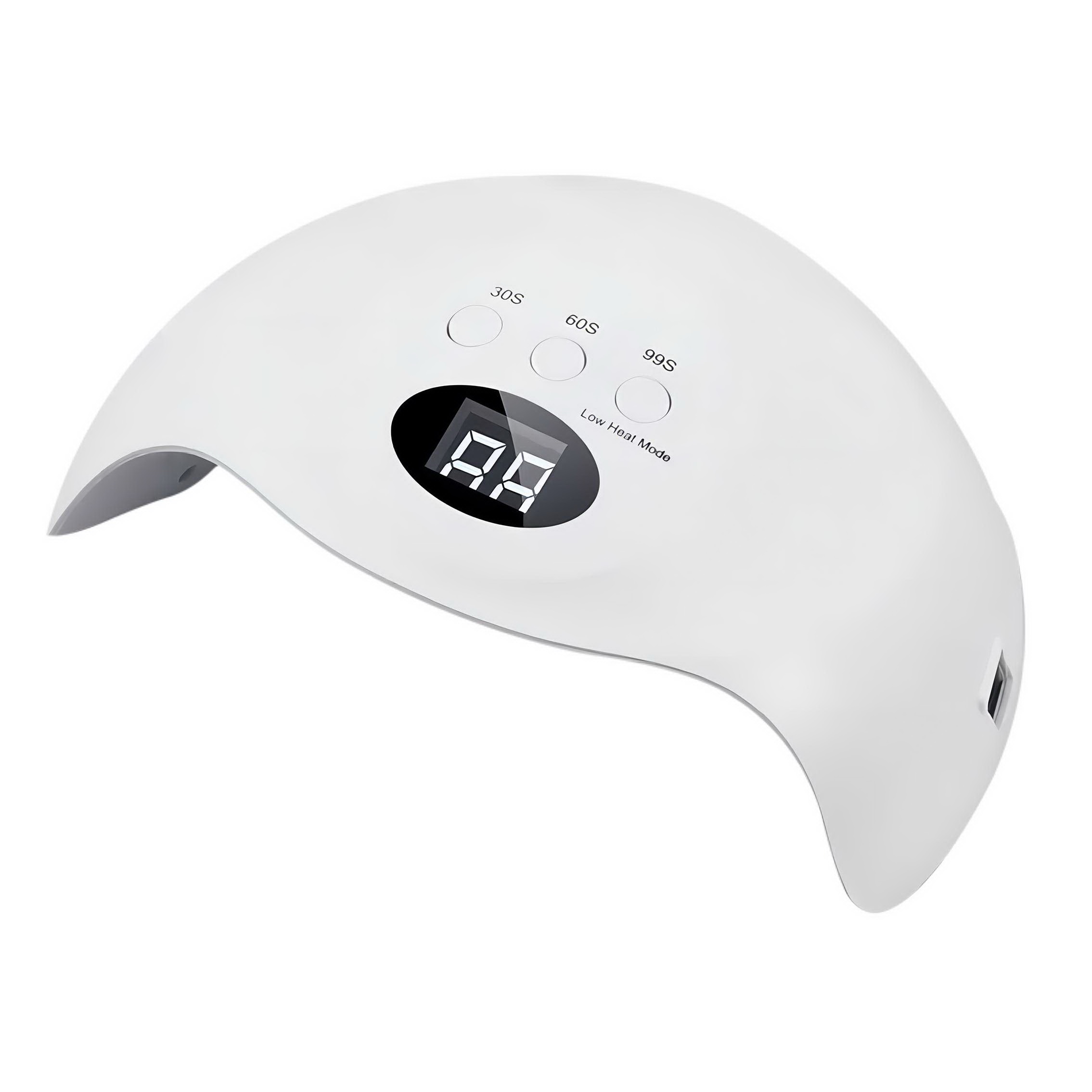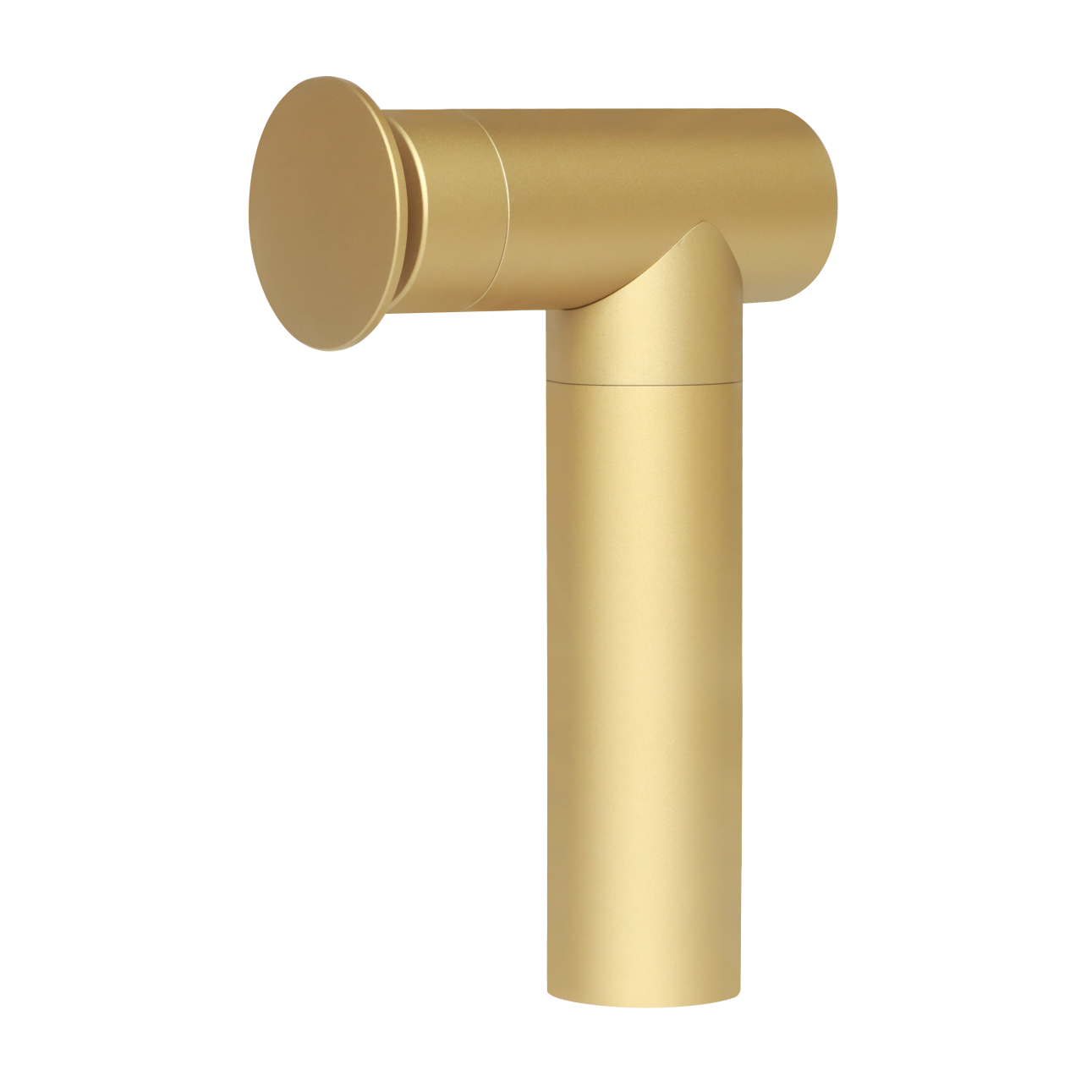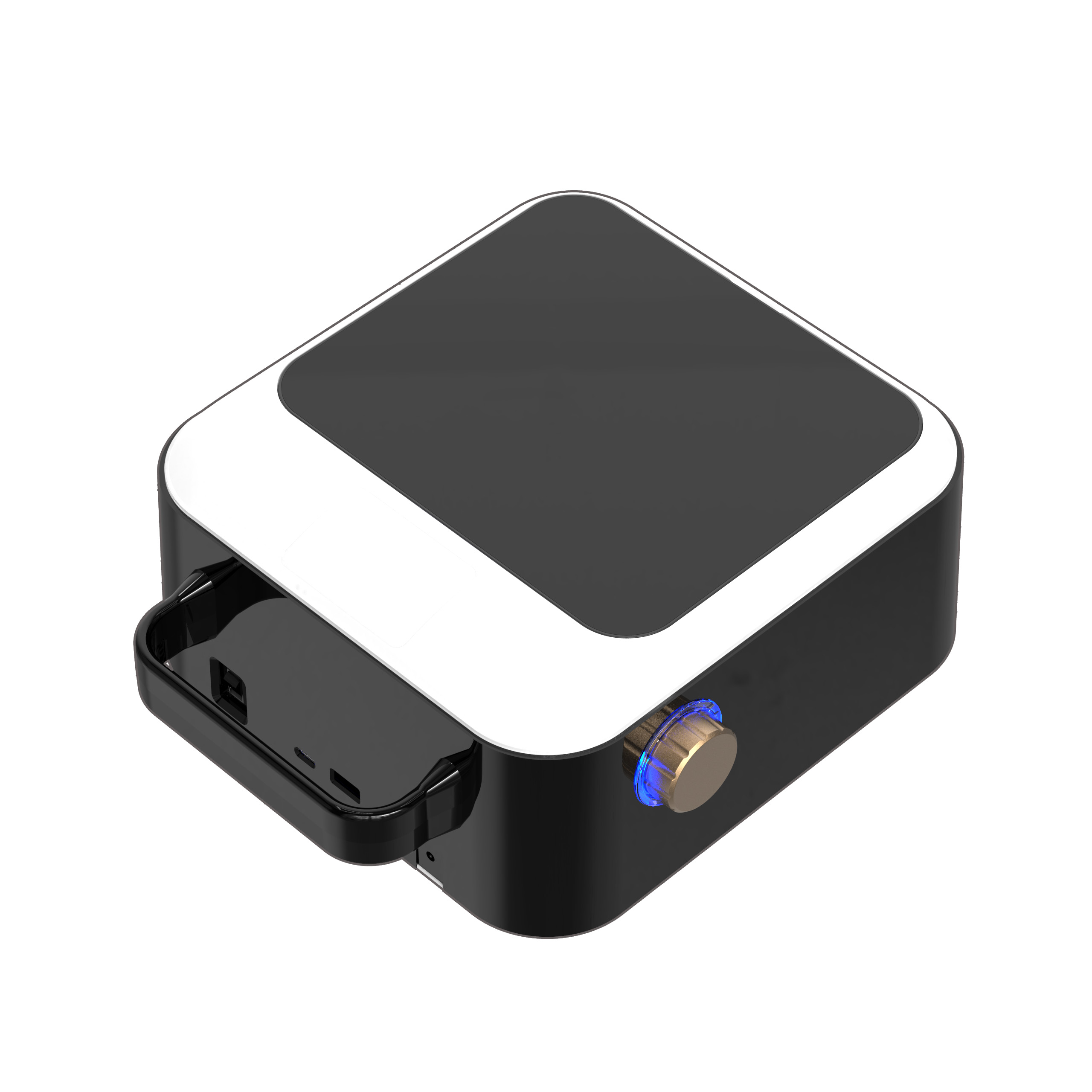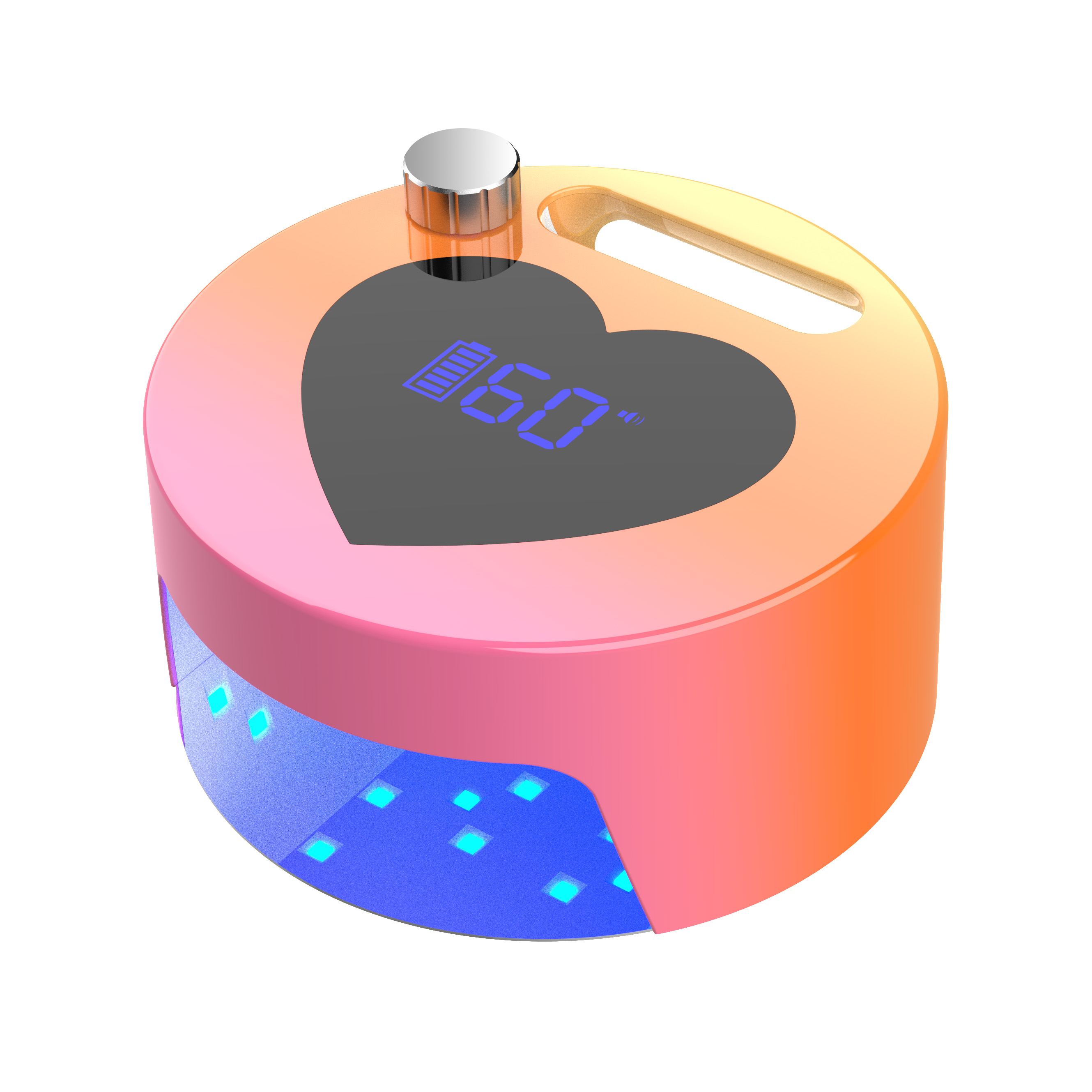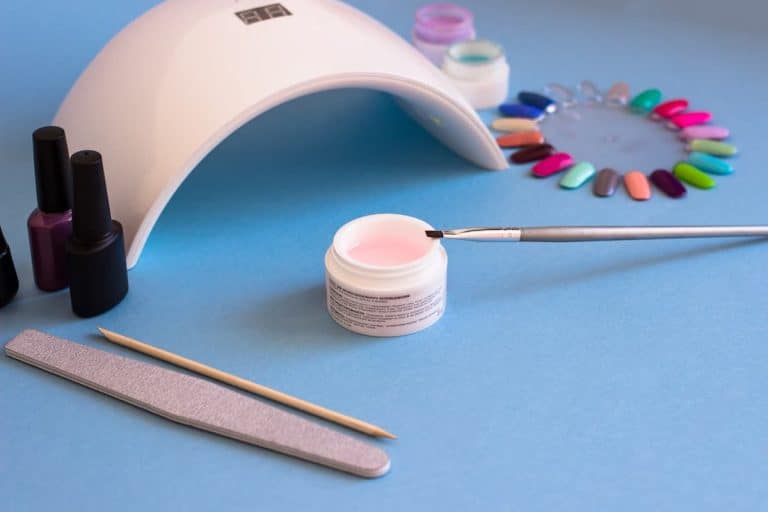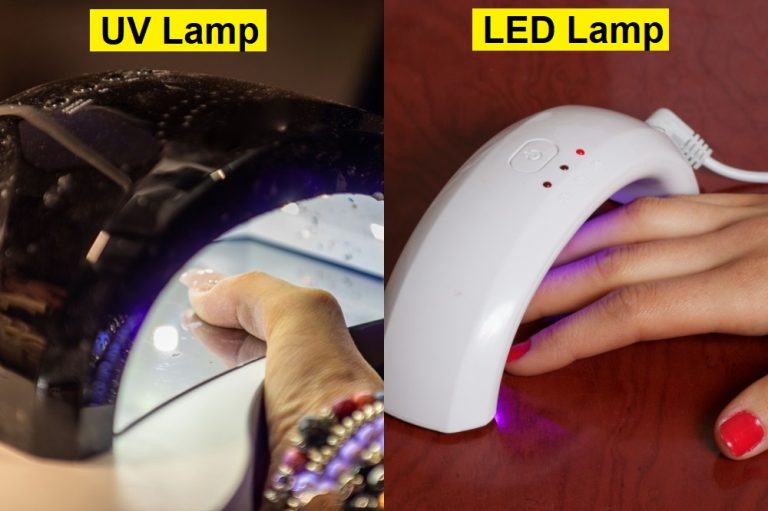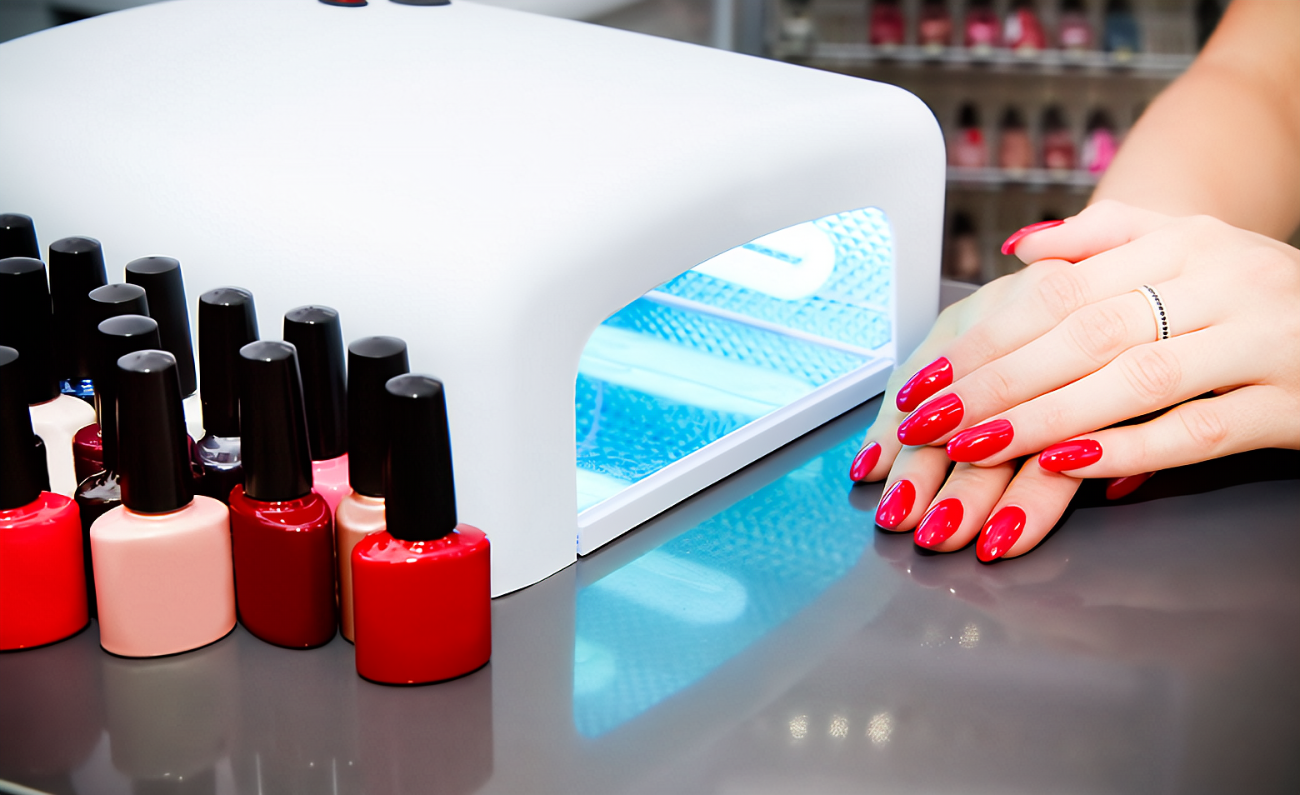In the ever-evolving realm of nail care and beauty, technological advancements have brought forth a wave of innovations, one of which is the LED nail lamp. These sleek and efficient devices have quickly become a staple in salons and homes alike, offering speedy drying and curing of nail polish. However, as with any burgeoning trend, questions and concerns have emerged. A particular inquiry that has captured the attention of nail enthusiasts and professionals alike is whether LED nail lamps emit harmful ultraviolet (UV) radiation. In this article, we embark on a journey to unveil the truth behind the relationship between LED nail lamps and UV emission, dispelling common misconceptions and shedding light on this critical topic.
Through an exploration of the working principles of LED nail lamps, an examination of different types of UV radiation, an analysis of safety considerations, and a discussion of best practices, we aim to equip you with a comprehensive understanding. By the end of this article, you’ll be armed with the knowledge needed to make informed decisions regarding the use of LED nail lamps without compromising your health or the quality of your nail art. Let’s begin by delving into the mechanics of LED nail lamps and their potential for UV emission.
LED Nail Lamps and UV Emission: Unveiling the Truth
In the world of nail care, LED nail lamps have emerged as game-changers, offering swift drying and curing of nail polish. However, a cloud of uncertainty surrounds their potential UV emission. This section addresses the intriguing link between LED nail lamps and UV radiation, shedding light on the reasons for the concern and hinting at the forthcoming clarification.
Exploring the Relationship: LED Nail Lamps and UV Radiation LED nail lamps utilize advanced technology to expedite the drying process, providing convenience to nail enthusiasts and professionals. Yet, questions have arisen about the possibility of these lamps emitting UV radiation, sparking debates about their safety. Understanding this connection is pivotal to making informed decisions regarding their usage.
Why the Fuss: Understanding the Buzz About UV Emission The attention garnered by the potential UV emission from LED nail lamps stems from the broader concerns associated with UV exposure. Overexposure to UV radiation can harm the skin and even lead to more severe health issues. As such, the apprehension regarding LED nail lamps stems from the desire to ensure that beauty routines do not compromise overall well-being.
Unveiling the Mystery: What This Article Holds This article delves into the heart of the matter, seeking to unravel the mystery surrounding LED nail lamps and UV emission. By examining the science behind LED technology and UV radiation, it aims to provide clarity on whether these widely used devices indeed pose a risk to users. With data-backed insights and expert opinions, the aim is to provide you with the information needed to navigate the world of nail care confidently.
In the upcoming sections, we will explore the mechanics of LED nail lamps, delve into the different types of UV radiation, assess the safety implications, and outline the best practices to adopt. The goal is to equip you with knowledge that empowers you to enjoy beautiful nails while prioritizing your health.
Working Principles of LED Nail Lamps
LED nail lamps have revolutionized the nail care industry with their quick and efficient nail polish drying and curing capabilities. In this section, we will delve into how these lamps operate, their potential for UV radiation emission, and the variations in UV exposure among different types of nail lamps.
Understanding the Functionality: Drying and Curing Nail Polish LED nail lamps employ light-emitting diodes (LEDs) that emit specific wavelengths of light to dry and cure nail polish. Unlike traditional UV nail lamps, which emit a broader spectrum of UV light, LED lamps primarily emit light in the visible range. This focused wavelength is designed to target the photoinitiators present in gel nail polish, triggering the polymerization process that hardens the polish.
Expert Insights on UV Emission from LED Lamps Experts in the field have studied the potential for UV radiation emission from LED nail lamps. Research indicates that while some UV radiation is produced during the curing process, it is generally minimal and falls within acceptable safety limits. The emissions are primarily UVA, which is less harmful than the more intense UVB and UVC rays.
Types of Nail Lamps and UV Radiation Differences There are different types of nail lamps available, each utilizing varying technologies and emitting different levels of UV radiation. Here’s a comparison of the main types:
| Nail Lamp Type | UV Emission | Wavelength Range |
|---|---|---|
| Traditional UV Lamp | Higher UV Output | Broad UV Spectrum |
| LED Lamp | Lower UV Output | Focused Visible and UVA Spectrum |
| UV/LED Hybrid Lamp | Moderate UV Output | Combination of UV and Visible Light |
While traditional UV lamps emit a wider range of UV radiation, LED lamps predominantly emit visible light and limited UVA radiation. UV/LED hybrid lamps combine the benefits of both technologies, emitting a moderate level of UV radiation.
Understanding the nuances of UV emission and the differences among nail lamp types empowers users to make informed decisions when choosing a suitable device for their nail care needs.
Types and Effects of UV Radiation
Understanding the diverse categories of UV radiation and their potential impacts is crucial in assessing the safety of nail care practices involving UV-emitting devices. This section delves into the three types of UV radiation and discusses their effects on both the skin and overall health, while addressing the specific concerns related to UV emission from nail lamps.
Exploring the UV Spectrum: UVA, UVB, and UVC Radiation UV radiation is classified into three main types based on their wavelengths:
- UVA Radiation: UVA rays have the longest wavelengths and are primarily responsible for skin aging. They penetrate the skin deeply and are associated with the development of wrinkles, fine lines, and age spots.
- UVB Radiation: UVB rays have medium wavelengths and are responsible for causing sunburn. They affect the outer layers of the skin and play a significant role in the development of skin cancer.
- UVC Radiation: UVC rays have the shortest wavelengths and are almost entirely absorbed by the Earth’s atmosphere. They are generally not a concern for human exposure.
Effects on Skin and Health Excessive exposure to UV radiation, particularly UVB rays, can lead to a range of health issues, including:
- Skin Damage: UVA rays can contribute to premature skin aging, while UVB rays can cause sunburn and increase the risk of skin cancer.
- Eye Damage: Prolonged UV exposure can damage the eyes, leading to conditions like cataracts and photokeratitis.
- Suppressed Immune System: UV radiation can weaken the immune system, making the body more susceptible to infections and diseases.
Addressing UV Emission from Nail Lamps When it comes to the UV radiation emitted by nail lamps, the levels of UV exposure are generally minimal, primarily consisting of UVA radiation. This limited exposure is not likely to cause significant harm to the skin or health, especially when proper usage guidelines are followed. The risk of adverse effects is further mitigated by the short duration of exposure during nail curing sessions.
In essence, while UV radiation is a concern in the context of prolonged sun exposure, the controlled and focused exposure during nail drying using LED lamps is not considered a significant risk. In the following sections, the article will delve into safety considerations and best practices for using LED nail lamps responsibly.
Safety of LED Nail Lamps
Ensuring the safety of users is paramount when considering the use of any beauty device. This section evaluates the UV radiation emitted by LED nail lamps and examines whether it reaches harmful levels for human exposure. By referencing pertinent studies and data, the safety aspect of LED nail lamps is validated. Additionally, skin protection recommendations and methods for the responsible use of these devices are outlined.
Analyzing UV Radiation Emission from LED Nail Lamps Concerns have arisen regarding the potential health risks associated with UV emission from LED nail lamps. However, scientific research has consistently shown that the levels of UV radiation emitted by these lamps are relatively low and fall within acceptable safety limits. The primary focus of LED nail lamps is to efficiently cure nail polish, minimizing the potential for adverse health effects.
Backed by Research: Demonstrating the Safety of LED Nail Lamps Research studies have been conducted to assess the UV emission levels of various types of nail lamps, including LED models. These studies have consistently demonstrated that the levels of UV radiation emitted by LED nail lamps are minimal compared to other sources of UV exposure, such as sunlight. The following table highlights the average UV radiation emissions from different types of nail lamps:
| Nail Lamp Type | Average UVA Radiation Emission |
|---|---|
| Traditional UV Lamp | Higher |
| LED Lamp | Lower |
| UV/LED Hybrid Lamp | Moderate |
Protecting the Skin: Recommendations for Safe Usage To further ensure the safety of using LED nail lamps, users can adopt the following practices:
- Apply Sunscreen: Applying a broad-spectrum sunscreen to the hands before using the lamp can provide an additional layer of protection against potential UV exposure.
- Limit Exposure: Follow recommended curing times and avoid prolonged exposure to the LED lamp’s light.
- Hand Placement: Ensure that hands are positioned comfortably within the lamp, minimizing unnecessary skin exposure.
- Regular Breaks: Take breaks between nail sessions to prevent excessive UV exposure.
By adhering to these recommendations, users can enjoy the convenience of LED nail lamps while minimizing any potential risks to their skin. The next section will provide insights into best practices for using LED nail lamps effectively and responsibly.
Best Practices and Precautions
Optimal and safe usage of LED nail lamps is crucial to ensure both stunning nail art results and the well-being of users. This section provides essential guidelines for nail professionals and consumers alike to maximize the benefits of LED nail lamps while minimizing potential risks. Emphasis is placed on routine maintenance, adherence to usage instructions, and mindful exposure to UV radiation.
Guidelines for Nail Professionals and Consumers For nail professionals and individuals using LED nail lamps, following these best practices can enhance the overall experience:
- Adhere to Curing Times: Follow the recommended curing times specified by the manufacturer. Overexposure to UV light due to extended curing times should be avoided.
- Use UV-Protective Gloves: Nail professionals can opt to wear UV-protective gloves during sessions to minimize skin exposure to UV radiation.
- Educate Clients: Nail professionals should educate their clients about the minimal risks associated with LED nail lamps and address any concerns they may have.
Regular Inspection and Maintenance for Safety To ensure the optimal functioning of LED nail lamps and reduce radiation-related risks, regular maintenance is advised:
- Check Bulbs Regularly: Inspect the bulbs for any signs of damage or dimming. Replace any faulty bulbs promptly to maintain consistent curing results.
- Clean the Lamp: Regularly clean the lamp’s interior to remove any residue that could affect its performance.
- Keep Ventilation Clear: Ensure that ventilation ports are clear of debris to prevent overheating and ensure efficient heat dissipation.
Responsible Usage and Exposure Management To mitigate any potential risks associated with UV exposure, users should:
- Follow User Instructions: Adhere to the manufacturer’s usage instructions, including recommended distances between the lamp and the hands.
- Limit Exposure Duration: Avoid prolonged exposure to the lamp’s light. Breaks between nail sessions can help minimize cumulative UV exposure.
- Monitor Skin Sensitivity: Individuals with sensitive skin should be especially mindful of their skin’s reaction to UV exposure.
By incorporating these practices, users can enjoy the benefits of LED nail lamps while prioritizing safety and minimizing any potential risks associated with UV radiation exposure. The article’s conclusion will encapsulate the key takeaways and reiterate the importance of informed decision-making.
Conclusion: UV Emission from LED Nail Lamps
In conclusion, the exploration of LED nail lamps and their potential for UV emission provides a comprehensive understanding of the relationship between beauty technology and health. The initial concerns surrounding the safety of these devices have been addressed through an examination of their working principles, UV radiation types, and safety measures. This section encapsulates the key takeaways and offers a resounding response to the central question posed by the article.
A Balanced Perspective: Navigating UV Emission The evidence presented throughout this article highlights that while LED nail lamps do emit some UV radiation, the levels are generally low and unlikely to pose significant harm to users. The controlled exposure, along with adherence to best practices, substantially mitigates any potential risks.
Prioritizing Health and Beauty To ensure safe usage and mitigate any concerns, readers are encouraged to:
- Follow manufacturer instructions diligently to optimize usage.
- Limit exposure durations and incorporate breaks during nail sessions.
- Monitor skin sensitivity and adopt protective measures if necessary.
Empowering Informed Choices The key takeaway is that the world of beauty and nail care can be enjoyed without compromising personal health. By making informed decisions based on scientific understanding, readers can confidently embrace the benefits of LED nail lamps while safeguarding their well-being.
As beauty enthusiasts and professionals continue to embrace innovations, it’s crucial to stay informed, weigh the evidence, and prioritize safety. With knowledge at hand, the path to stunning nail art and healthier beauty routines becomes a harmonious journey.

